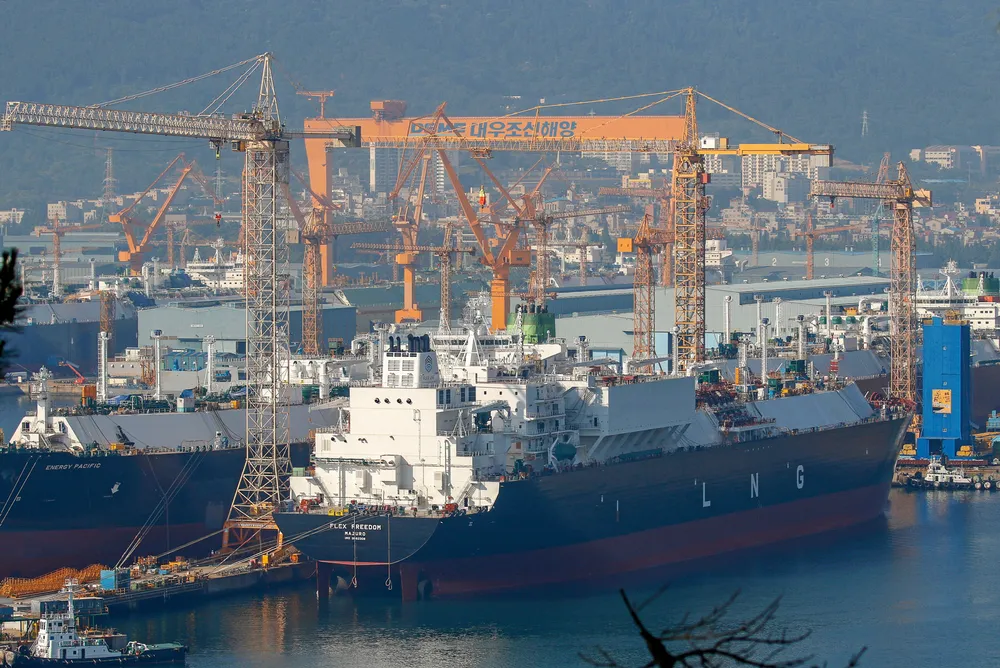South Korea plans to match US clean hydrogen standard — but won’t include shipping of raw materials in its calculations
Seoul outlines proposal to set lifecycle emissions limits of 4kg of CO2 equivalent per kg of hydrogen produced

Seoul outlines proposal to set lifecycle emissions limits of 4kg of CO2 equivalent per kg of hydrogen produced
